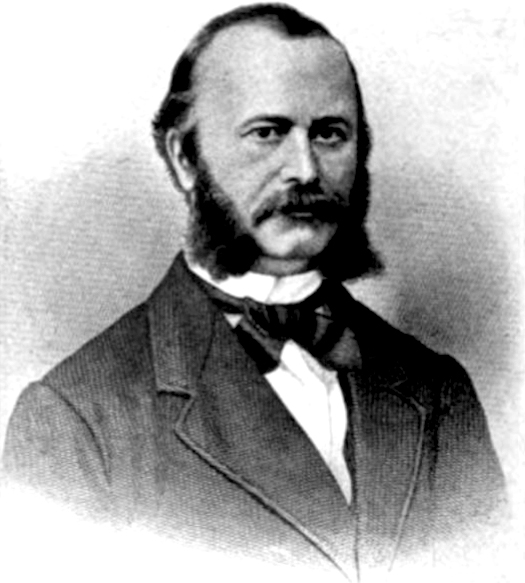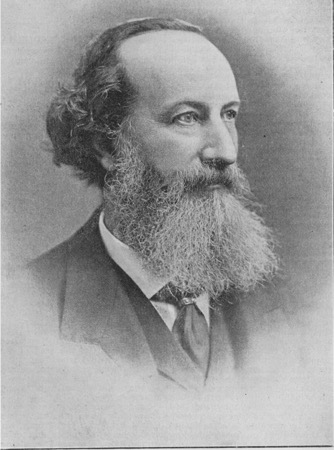The first kidneys were removed by mistake
The history of nephrectomy is based primarily on experiments showing that an animal can survive with only one kidney.
IHendrik von Roonhuysen (1625 - 1672) in 1672, and Giuseppe Zambeccarius (1655 - 1728) in 1678 both published the outcomes of unilateral nephrectomy in animals, noting not only survival but also contralateral hypertrophy of the remaining kidney. In 1803, Joseph Nicholas Comhaire (1778 - 1860), a young Parisian physiologist, performed experimental unilateral nephrectomy on 65 dogs; 63 died, but two survived.
 The development of anaesthesia by Morton in America (1847) and Simpson in Edinburgh (1848) followed by the introduction of antisepsis by Lister (1867) allowed abdominal surgery to progress. In the history of abdominal surgery, nephrectomy was preceded and, indeed built, on ovariotomy and the work of pioneering surgeon such as, Charles Clay (1801 - 1893) in Manchester, Thomas Spencer Wells (1818 - 1897) in London, Thomas Keith (1827 - 1895) in Edinburgh and Edmund Peaslee (1814 - 1878) in America.
The development of anaesthesia by Morton in America (1847) and Simpson in Edinburgh (1848) followed by the introduction of antisepsis by Lister (1867) allowed abdominal surgery to progress. In the history of abdominal surgery, nephrectomy was preceded and, indeed built, on ovariotomy and the work of pioneering surgeon such as, Charles Clay (1801 - 1893) in Manchester, Thomas Spencer Wells (1818 - 1897) in London, Thomas Keith (1827 - 1895) in Edinburgh and Edmund Peaslee (1814 - 1878) in America.
The first nephrectomies were carried out in error during these operations. Spencer Wells unexpectedly found a healthy kidney in the tissue he excised with an ovarian cyst. Otto Spiegelberg (1830 – 1881) in 1867 and Peaslee in 1868 filed similar accounts. The first "planned" human nephrectomy was by William Hingston (1829 - 1907) of Canada in 1868 in the Hotel Dieu in Montreal. Unfortunately, the patient died on the table.
The first successful nephrectomy was performed on 2 August 1869 by the Heidelberg surgeon Gustav Christoph Jakob Friedrich Ludwig Simon (1824 - 1876, pictured above left) on 46-year-old Margaretha Kleb who had a ureterovaginal fistula following hysterectomy and oophorectomy for an ovarian cyst. The operation was performed under chloroform via a lumbar incision; it took 40 minutes with an estimated blood loss of 50ml. Although Margaretha suffered a post- operative wound infection, pneumonia and erysipelas, she was out of bed at 28 days and discharged by two months.
 The first nephrectomy to be attempted in England was on 14 May 1872 by Arthur Durham (1834 - 1895, pictured right) at Guy’s Hospital: it was done for painful kidney, but the patient died. Carl Johan Langenbuch (1846 - 1901) excised the first malignant tumour in Berlin in 1876. In England, the first nephrectomy for cancer was performed in 1877 by Thomas Jessop (1837 – 1903) of Leeds.
The first nephrectomy to be attempted in England was on 14 May 1872 by Arthur Durham (1834 - 1895, pictured right) at Guy’s Hospital: it was done for painful kidney, but the patient died. Carl Johan Langenbuch (1846 - 1901) excised the first malignant tumour in Berlin in 1876. In England, the first nephrectomy for cancer was performed in 1877 by Thomas Jessop (1837 – 1903) of Leeds.
Spencer Wells in 1884 and Vincenz Czerny (1842 - 1916) in 1887 published partial nephrectomies. Wells had performed the procedure for perirenal lipoma and Czerny for angiosarcoma.
In 1990, Ralph Clayman of St Louis, USA performed the first laparoscopic nephrectomy on an 85-year-old woman for an incidental right renal mass, which turned out to be an oncocytoma. In an interesting comparison with Gustav Simon’s 1869 operation, Clayman’s first laparoscopic nephrectomy took seven hours. However, the lady was discharged on day six. Malcolm Coptcoat (1955 - 1999), assisted by Adrian Joyce and John Wickham, performed the first European laparoscopic nephrectomy at King’s College Hospital, London in 1991.
The first laparoscopic partial nephrectomy was reported by Howard Winfield from Iowa, USA in 1993, and the first robotically-assisted nephrectomy was carried out by Bertrand Guillonneau in 2000 in Paris, for an end-stage, hydronephrotic kidney due to PUJ obstruction.
← Back to Kidneys